Enhanced Training Solutions
The Augmented Reality Virtual Reality In Manufacturing Market is experiencing a surge in demand for enhanced training solutions. This technology allows for immersive training experiences, enabling workers to engage in realistic simulations without the risks associated with real-world training. According to recent data, companies utilizing AR and VR for training have reported a 30% increase in retention rates compared to traditional methods. This is particularly beneficial in complex manufacturing environments where safety and precision are paramount. As organizations seek to improve workforce efficiency and reduce training costs, the adoption of AR and VR technologies is likely to continue growing, thereby driving the market forward.
Quality Control and Maintenance
Quality control and maintenance are critical components of the Augmented Reality Virtual Reality In Manufacturing Market. AR and VR technologies enable manufacturers to conduct thorough inspections and maintenance procedures with enhanced accuracy. By overlaying digital information onto physical components, workers can identify defects and ensure compliance with quality standards more effectively. Recent statistics show that manufacturers employing AR solutions for quality assurance have seen a 20% reduction in defects. This capability not only improves product quality but also enhances operational efficiency, making it a key driver for the adoption of AR and VR technologies in manufacturing.
Remote Collaboration and Support
In the Augmented Reality Virtual Reality In Manufacturing Market, remote collaboration and support are becoming increasingly vital. The ability to connect experts with on-site workers through AR and VR technologies facilitates real-time problem-solving and guidance. This capability is particularly advantageous in geographically dispersed manufacturing operations, where expert knowledge may not be readily available on-site. Data indicates that companies leveraging these technologies can reduce downtime by up to 25%, as issues can be addressed promptly without the need for physical presence. This trend suggests a shift towards more integrated and efficient manufacturing processes, further propelling the market's growth.
Increased Efficiency and Productivity
The Augmented Reality Virtual Reality In Manufacturing Market is significantly influenced by the drive for increased efficiency and productivity. AR and VR technologies streamline various manufacturing processes, allowing for faster assembly, improved workflow, and reduced errors. By providing real-time data and visual aids, these technologies enable workers to perform tasks more effectively. Research indicates that manufacturers implementing AR solutions can achieve productivity gains of up to 40%. This potential for enhanced operational performance is a compelling factor for companies looking to remain competitive in a rapidly evolving market.
Cost Reduction and Resource Optimization
Cost reduction and resource optimization are pivotal drivers in the Augmented Reality Virtual Reality In Manufacturing Market. The implementation of AR and VR technologies can lead to significant savings in operational costs by minimizing waste and improving resource allocation. For instance, AR applications can assist in inventory management and logistics, ensuring that materials are used efficiently. Data suggests that manufacturers adopting these technologies can reduce operational costs by approximately 15%. This financial incentive, coupled with the potential for improved resource management, positions AR and VR as essential tools for modern manufacturing enterprises.


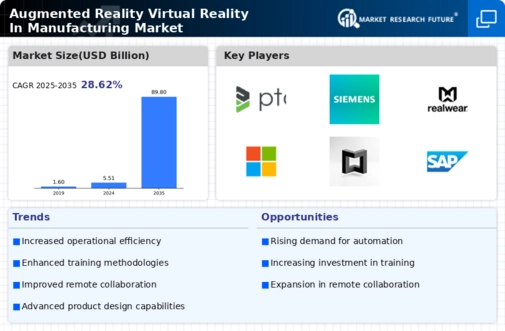
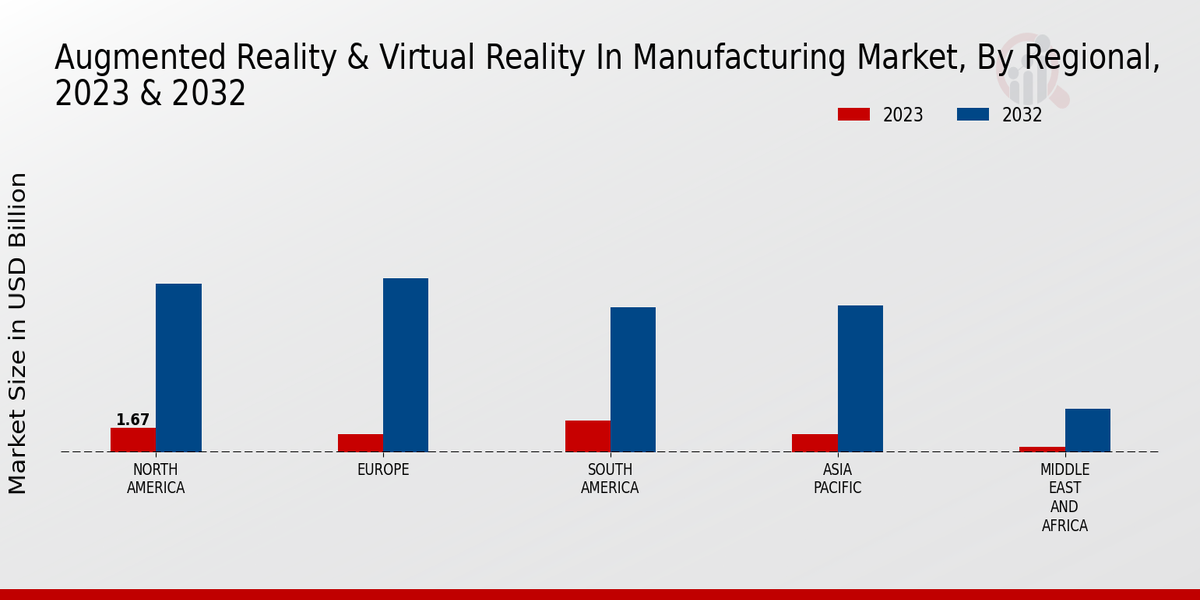
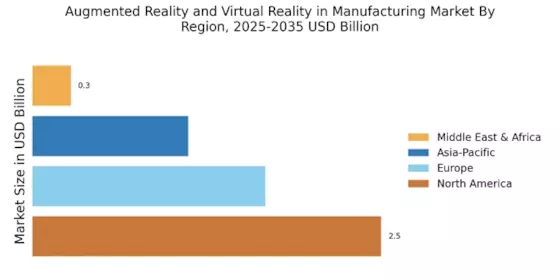
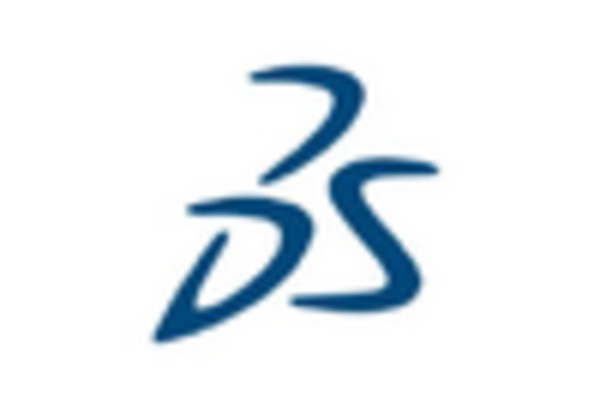



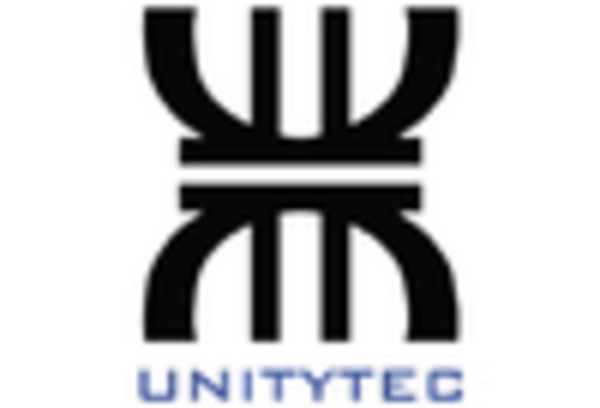









Leave a Comment